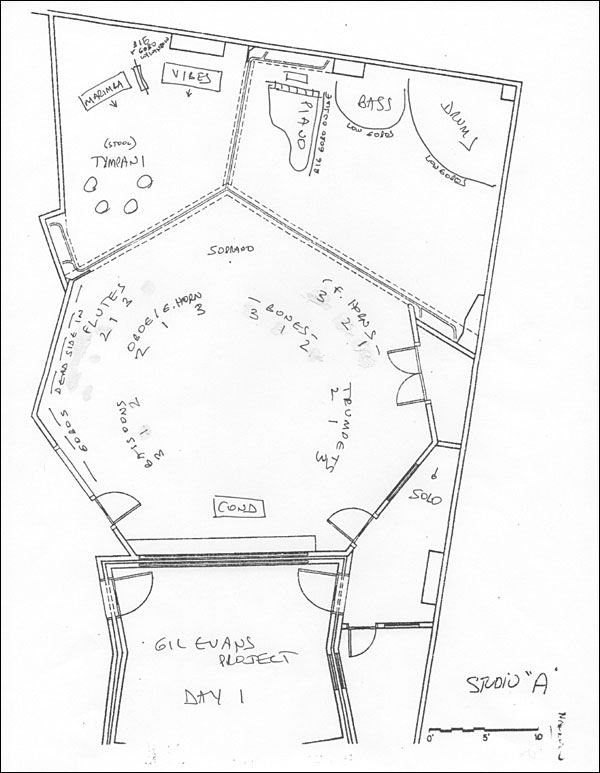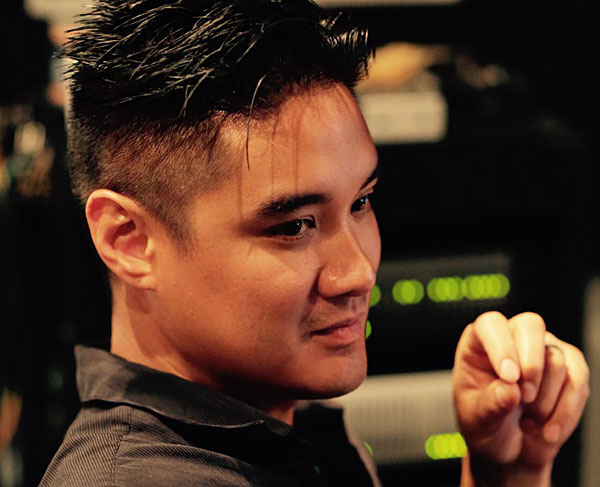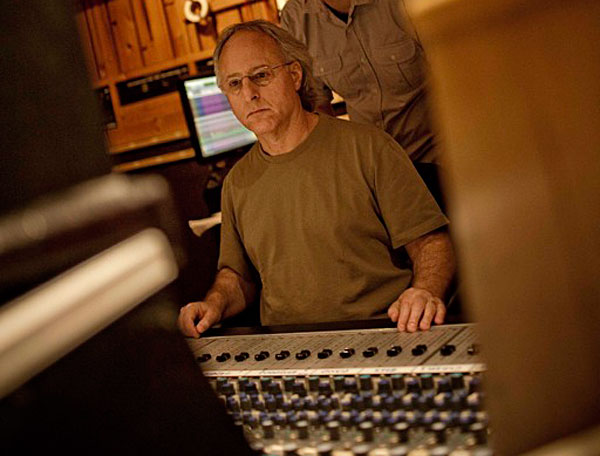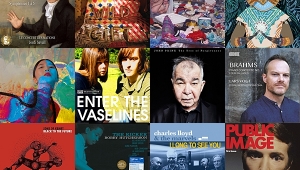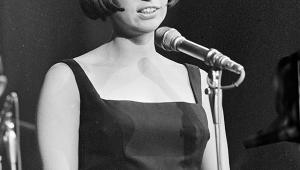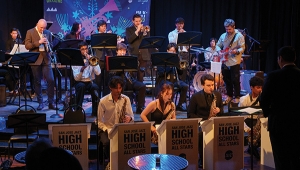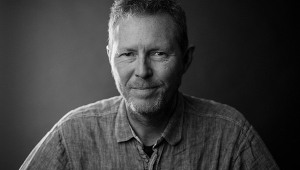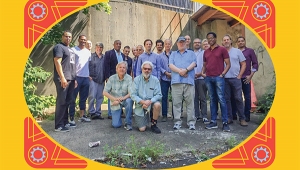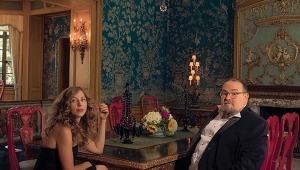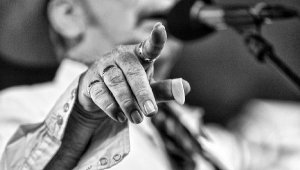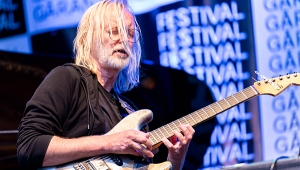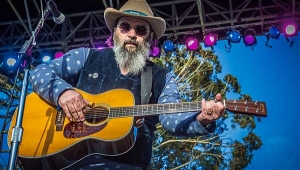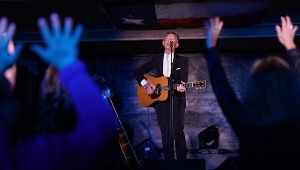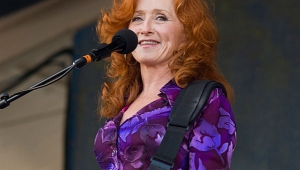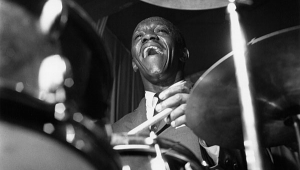| Columns Retired Columns & Blogs |
I never heard Chet Baker live, but I treasure several of his late-career performances. "Chet Baker in Tokyo" captured him in 1987, and the two volumes of "Live in London" caught him in 1983. These recordings include passages that evoke moments that "seem to exist out of time." Even toward the end of his life, when the alcohol and heroin exacted their maximum dues, Baker was sometimes able to enter a zone that few musicians ever approach. Ever so thankful for the recordings that allow us to marvel.
Mr. Conrad: several years ago Stereophile published your review of John Raymond's "Real Feels," his first recording with Gilad Hekselman and Colin Stranahan. I was intrigued and purchased the CD, which led me to become a Raymond and Hekselman completist. Two years ago I heard Real Feels (flugelhorn, guitar, and drums; what a combination!) at the Noce nightclub in Des Moines. I am not quite 60 years old, but those two sets may well prove the most wonderful evening of jazz I'll ever experience. Thank you so very much for sending this reader off on the adventure, and I hope several others as well.
